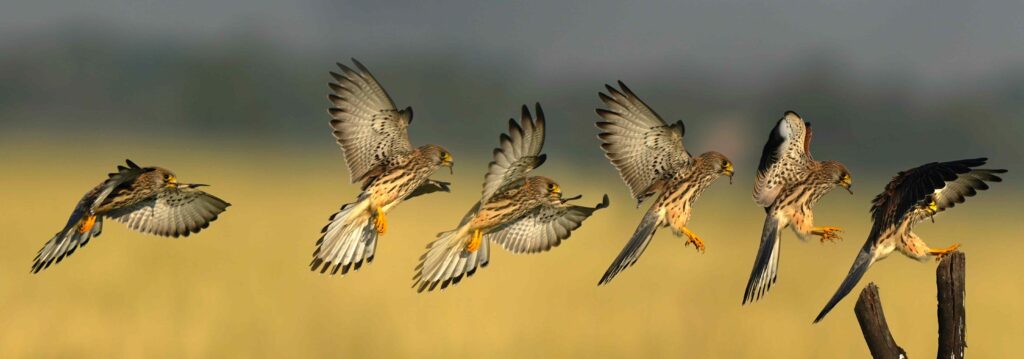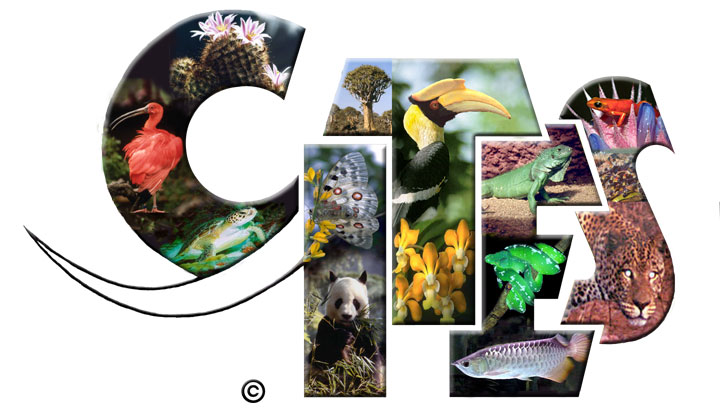
What is an exotic animal/pet?
In the UK and Spain, the law refers to exotic animals to all of them that are not native species to the country in question. But what they fail to mention is all the domestic species that are not native as well, like cows, pigs, chickens, dogs or cats. That is because the only areas where they mention the exotic animals are when the law talks about invasive species or trade of animals, and domestic species usually have their own legislation.
In veterinary medicine, there is no specific definition about exotic animals. Books and journals that talk about those kinds of animals usually agree on the common species but there are some gray areas when it comes to some of them.
Certainly we could say that an exotic animal is anyone that is not domestic. But an exotic animal vet also treats domestic animals that are typically farm animals but some people keep as pets, like rabbit (actually the most common exotic pet in UK and Spain), hens, ducks, “minipigs” (one day we will talk about that) or “minigoats”. Other species could be partially domesticated, like ferrets or pigeons for example.
So, what is the difference between an exotic animal and a wild animal?
As most of the species we treat normally are not technically domestic, we could say that on the basics, there is no difference. I like to think that the main difference is that the exotic animals that we see in the consult are born in captivity. In this way, I believe that the term “exotic pet” is more accurate and implies that the animal is somehow domesticated, and that we are not harming the wild population of any animal by keeping it as a pet. However, the term exotic animal and exotic pet tends to be used the same.
There are moral implications when it comes to keeping exotic animals as pets. Even the most common, like rabbits or guinea pigs, have special requirements in terms of food and husbandry that some owners are not aware of, partially because they lack preparation and lack of information. That is one of the reasons I have started this blog, to try and reach as many people as possible and avoid unnecessary suffering to these animals. On top of that, it is debatable as to what point is ethical to keep some of those species as pets, as they are practically wild animals, even if born in captivity, so their behaviour and diets are basically the same as their wild counterparts. My opinion is that it depends on many factors.
First of all, the animals need to be born in captivity. An animal caught from the wild and kept as a pet should not be allowed. In fact, in some countries that is illegal, usually only referring to native species. CITES (Convention on International Trade of Endangered Species of Wild fauna and flora) is a general set of rules which countries can adhere to regulate the trade of some wild animals and plants (about 36,000). It does include most of the exotic species that we normally see in the practice. All the animals are separated in categories, depending on their wild population threat. So the most endangered have a ban on wild caught animals trade, so they can’t be bought or sold. But still allows not endangered species to be wild caught. Thanks to this law, captive breeding is usually more successful than catching wild animals. Although the number of wild animals in the pet market trade and kept as pets is much lower than years ago, there is still a high number of animals that are smuggled into the countries, causing a threat to wild populations by killing hundreds of animals in the way.
In summary, if you are thinking of acquiring a new pet, be sure that it has been born in captivity. Further, High level CITES species should come with documents of trade.
The second thing that is very important on the ethics of having an exotic pet, as it should be with any animal under your care, are the 5 freedoms or needs (adapted in the Animal Welfare Act 2006 in UK). This are:
- live in a suitable environment.
- eat a suitable diet.
- exhibit normal behaviour patterns.
- be housed with, or apart from, other animals.
- be protected from pain, suffering, injury and disease.
As long as this is covered for the animal in question, it should not be a problem. But it is always debatable what constitutes a suitable environment or a suitable diet. That is why it is important to know the species you work with, so you can give it the best you can to be sure they stay healthy and happy.
What about zoo animals?
They are still technically exotic animals, but they require completely different care. I trained and studied about zoo species care and medically speaking they are very similar to what we would see in a clinic as pets. But as a vet, you don’t want them to behave as pets, you want them to show as much as possible their wild behaviours. Again, most zoo animals are born in captivity, or should be. About zoos there is a lot to say. THere are very different kinds of zoos, so I can’t have a specific opinion on all of them but there is one thing clear: if the zoo can’t provide the 5 freedoms to the animals they are keeping, that animal should not be there. Nowadays, many zoos are actually more a sanctuary for rescued big animals, like elephants, primates, big felides and the likes. I think they are a very useful tool to teach people about the care for these animals and about the limits of animal keeping.
Conclusion
Keeping an exotic pet is a gray area, and is difficult sometimes to assess where the red line is. That makes the debates sometimes hard and emotional. Every case should be assessed individually and always trying to have the welfare of the animal as the first thing.
Please, let me know if you think differently. You can send me a message on my Contact me section and you can always follow me on Instagram if you don’t yet.

